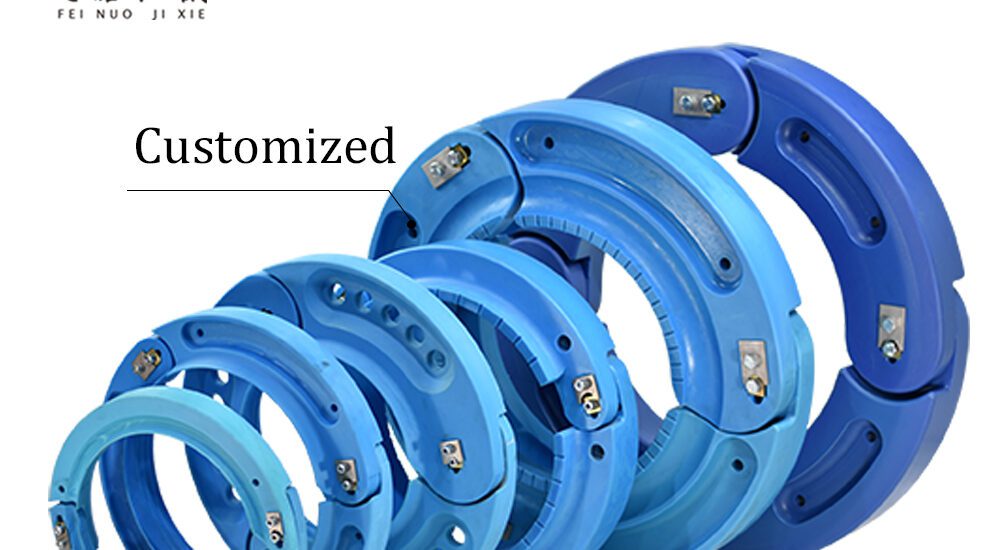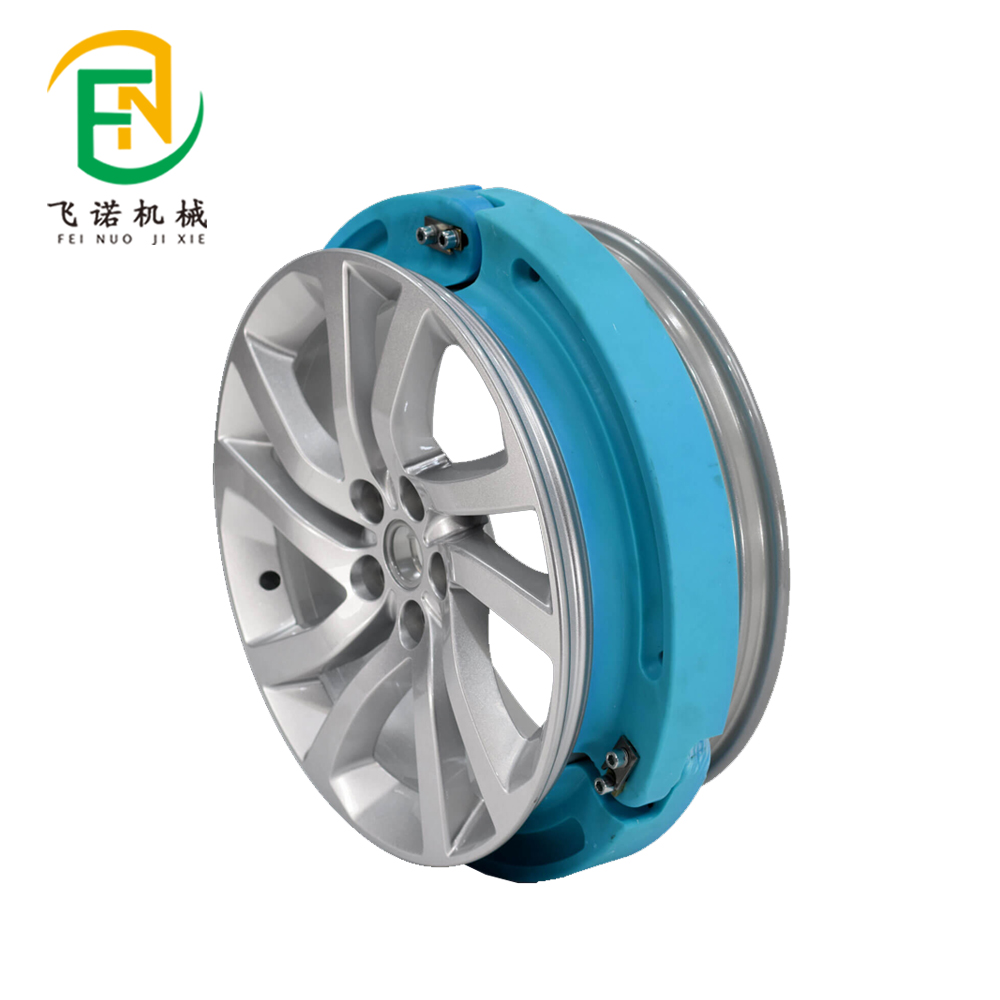- June 24, 2025
- Posted by: feinuojixie
- Category: Run Flat Guide


For decades, the plastic product has been synonymous with environmental degradation. From polluted oceans to overflowing landfills, plastic has gained a reputation as a symbol of waste and excess. But as technology and sustainability efforts evolve, a new question emerges: can a plastic product actually be eco-friendly? This article explores that possibility, breaking down what makes a plastic product greener, the innovations reshaping the industry, and how both businesses and consumers can help build a more sustainable future—one plastic product at a time.


The Evolution of the Plastic Product: From Problem to Possibility
The plastic product was once celebrated as a marvel of modern convenience—lightweight, durable, and versatile. However, its widespread use quickly turned into overuse, and the environmental cost became undeniable. As single-use plastic product filled landfills and oceans, public concern grew. This pressure led scientists, engineers, and manufacturers to rethink how plastic product is made, used, and disposed of. The industry has since entered a transition period, where sustainability is no longer optional but essential. The journey from pollutant to potential solution is complex, but it’s already underway.
What Makes a Plastic Product Eco-Friendly? Key Criteria Explained
Not all plastic product is created equal. An eco-friendly plastic product meets certain standards that reduce its environmental impact throughout its lifecycle. These criteria include:
-
Material source: Sustainable plastic product is often made from renewable or recycled inputs, such as corn-based polymers or post-consumer plastics.
-
Recyclability: A truly green plastic product is designed to be easily recycled and reprocessed into new goods.
-
Biodegradability: Some plastics can break down naturally in specific conditions, reducing long-term waste.
-
Manufacturing impact: Eco-conscious producers aim to cut carbon emissions and energy use during production.
Together, these elements create a framework for evaluating the environmental friendliness of any plastic product.
Bioplastics and Recycled Plastic Product: A Green Revolution?
Among the most promising developments in sustainable materials are bioplastics and recycled plastics. Bioplastics, derived from renewable biomass sources like sugarcane or algae, offer a way to reduce reliance on fossil fuels. Some are even compostable in industrial facilities. Meanwhile, recycled plastic product reuses existing materials, reducing demand for virgin resources and diverting waste from landfills.
However, these solutions come with caveats. Bioplastics often require controlled conditions to decompose and may compete with food agriculture. Recycled plastics, on the other hand, may suffer from quality degradation after multiple reuse cycles. Despite these limitations, both options mark an important step forward in making the plastic product more sustainable.
Innovative Technologies Reshaping the Plastic Product Industry
Beyond bioplastics and recycling, groundbreaking technologies are redefining what’s possible. One example is enzymatic recycling, where engineered enzymes break down plastic product into its base components for reuse—without quality loss. Other advances include closed-loop systems, where manufacturers take back used plastic product for remanufacturing, and carbon-neutral production, which offsets emissions through renewable energy and sustainable practices.
These innovations don’t just improve the end product—they reshape the entire plastic product lifecycle, from raw material sourcing to post-consumer reuse.
Challenges and Trade-Offs in Creating an Eco-Friendly Plastic Product
While progress is real, it’s far from universal. Developing an eco-friendly plastic product comes with trade-offs. Sustainable materials often cost more, which can deter manufacturers in price-sensitive industries. Infrastructure for recycling and composting varies widely by region, making disposal inconsistent. Consumer behavior is another barrier—many users still don’t sort or recycle properly, negating the benefit of greener materials.
Overcoming these hurdles will require coordinated effort: regulation that supports sustainability, investment in infrastructure, and consumer education about responsible plastic product usage.
Case Studies: Brands Leading the Way in Eco-Friendly Plastic Product Design
Several forward-thinking companies have already taken bold steps toward more sustainable design. For example, Coca-Cola introduced bottles made from 100% recycled PET plastic. LEGO has invested heavily in plant-based plastic for its iconic blocks. Meanwhile, Unilever is piloting refillable packaging systems to cut down on plastic product waste. These examples prove that eco-friendly plastic product is not just an idea—it’s a practical, scalable reality.
By incorporating sustainable practices into their supply chains, these companies demonstrate that environmental responsibility can coexist with business success.


How Consumers Can Make Better Plastic Product Choices
Consumers hold significant power in driving the demand for sustainable solutions. To make a difference, consider the following:
-
Choose reusable over disposable plastic product when possible.
-
Look for labels that indicate recyclability or compostability.
-
Support brands that prioritize sustainability in packaging and product design.
-
Dispose responsibly, following local guidelines for recycling or composting.
Small actions—like bringing your own shopping bag or selecting a product with minimal plastic packaging—can collectively drive big changes.
A New Perspective on the Plastic Product
The plastic product doesn’t have to be the villain in our environmental story. Through innovation, conscious design, and responsible consumption, it can be part of the solution. While challenges remain, the shift toward eco-friendly plastic product is gaining momentum. Whether made from recycled materials, designed for reuse, or created through carbon-neutral processes, the plastic product of the future can support a more sustainable world. What it requires now is collective commitment—from manufacturers, regulators, and everyday consumers—to ensure that progress continues.
